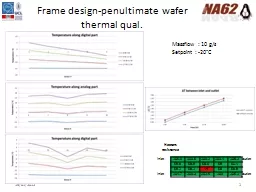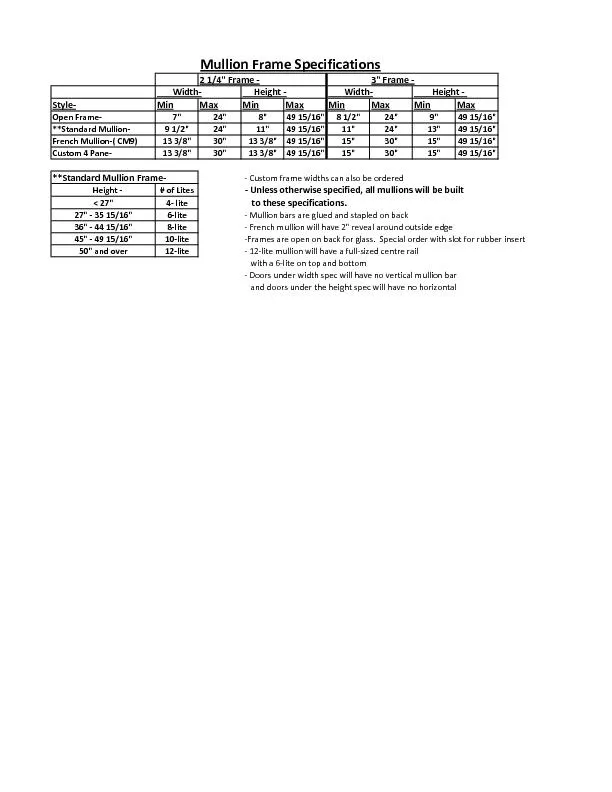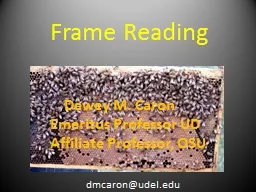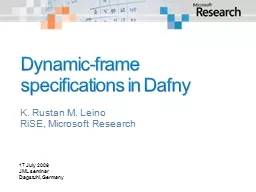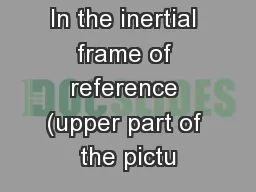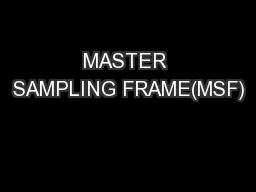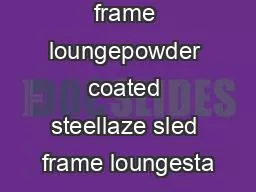PPT-Setting up your frame
Author : olivia-moreira | Published Date : 2017-08-04
How do deal with an asynchronous world Dan Baker Oxide Games Shift in responsibilities Old API design driverAPI mostly responsible for synchronicity Now it is your
Presentation Embed Code
Download Presentation
Download Presentation The PPT/PDF document "Setting up your frame" is the property of its rightful owner. Permission is granted to download and print the materials on this website for personal, non-commercial use only, and to display it on your personal computer provided you do not modify the materials and that you retain all copyright notices contained in the materials. By downloading content from our website, you accept the terms of this agreement.
Setting up your frame: Transcript
Download Rules Of Document
"Setting up your frame"The content belongs to its owner. You may download and print it for personal use, without modification, and keep all copyright notices. By downloading, you agree to these terms.
Related Documents




